Be inspired by the art of the possible.
WalkMe executives share their perspectives on the state of digital adoption as they introduce exciting new products and services that will transform the digital outcomes enterprises can achieve on the market-leading WalkMe platform.
Watch Realize now on-demand.
Thank you to our visionary speakers.
Thank you to the thought leaders, analysts, and WalkMe customers who joined us to discuss digital adoption strategies that solve business issues and accelerate digital transformation initiatives. Watch all of their sessions on-demand to learn how you too can achieve your enterprise digital transformation objectives.

Dan Adika
CEO & Co-Founder, WalkMe

Rafael Sweary
President & Co-Founder, WalkMe

Wayne McCulloch
Chief Customer Officer, WalkMe

Maor Ezer
SVP Marketing, WalkMe

Sinead Bovell
Futurist | AI and Future of Work Expert

Greisy Flores
Senior Product Manager, Digital Adoption Platform, Nestlé

Josh Novelle
Director of Digital Learning Solutions, Warner Music Group

Kris Clark
Head of Digital Adoption, ServiceNow

Jack Snodgrass
VP Global Sales Operations, STANLEY Security

Vivian Chiu
Ariba & WalkMe Specialist, SCM Process & Business Integration, Standard Chartered Bank
Discover more Realize sessions.

Becoming a data-driven DAP team: Metrics, Tools, and Strategies
Join Greisy Flores, Digital Adoption Manager at Nestlé, to learn key methods to set goals, use WalkMe data to analyze user behavior, deliver results, and increase your DAP program's impact.

Join us to learn more and see how Warner Music Group (WMG) is branding Workstation as its “WMG Assistant” to centralize knowledge, communication, and application adoption.

From Zero to Hero: How ServiceNow Built a Branded Digital Adoption CoE
In less than 3 years, ServiceNow scaled digital adoption from 1 app to more than 40. Join this session to learn how ServiceNow launched their digital adoption CoE.
Thank you to our sponsors.
Frequently asked questions.
-
What is Realize?WalkMe Realize is a global virtual event, bringing together thousands of WalkMe customers, prospects and partners as well as media and analysts. WalkMe Realize features inspiring conversations, thought-provoking presentations and networking opportunities with some of the most forward-thinking leaders in Digital Adoption.
-
When and where will Realize 2023 be?
-
Where can I find information about other WalkMe events?
















